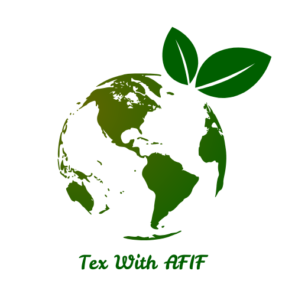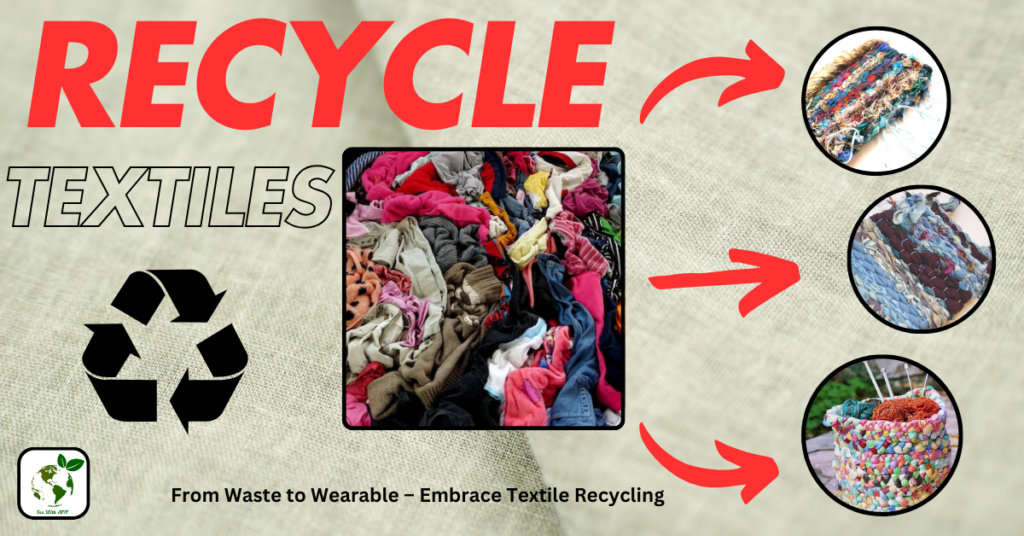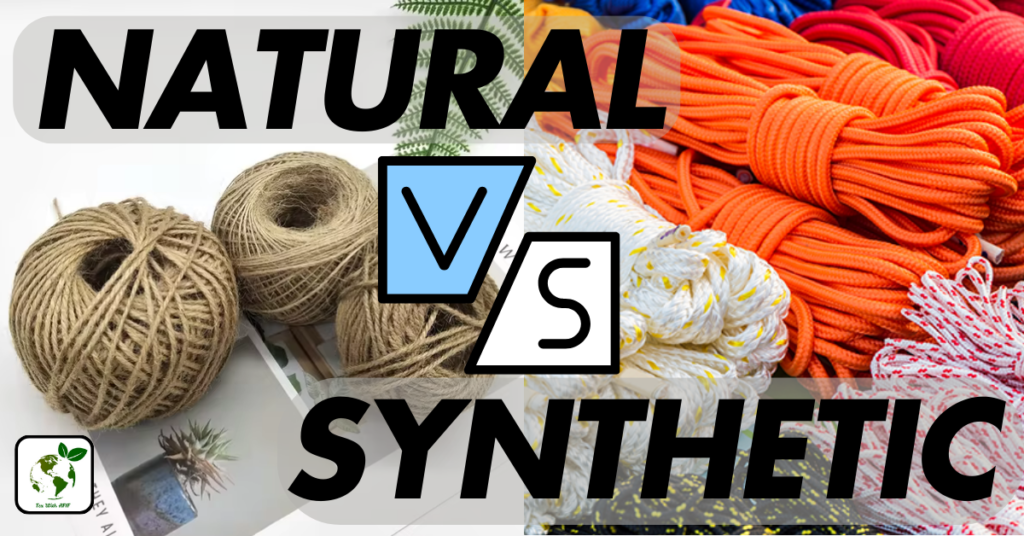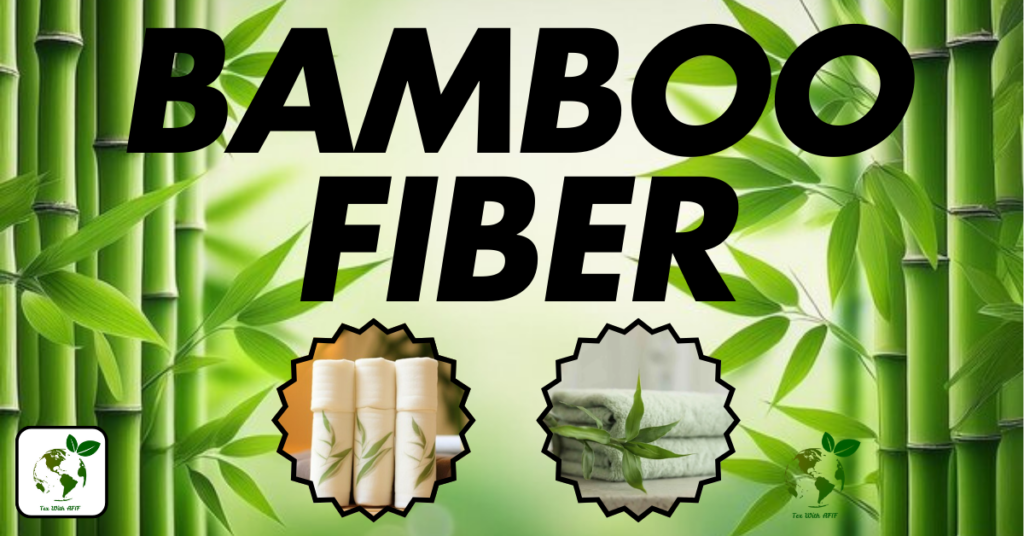Hello, well-wishers!! It’s me, AFIF AL TAMIM. Recycle textiles is my topic today. Stay tuned.
Reusing, repurposing, or breaking down fabric materials into their raw fibers are all made possible by the many processes involved in textile recycling. From turning textiles into new materials to donating wearables, here are some of the best methods to recycle textiles.
Give usable clothing to charities and thrift shops. Recycle Textiles:
You can prolong the life of clean, usable clothes and cut down on waste by donating them to thrift stores, charities, and shelters. Another way to prevent stuff from ending up in landfills is to swap or sell clothing online or through secondhand shops.
Benefit from Retailer Return Programs:
You can return used clothing to many clothing companies and retailers through their recycling or take-back programs, sometimes in exchange for store discounts. While some companies donate or repurpose the fabrics, others recycle them straight into new products.
Bins and Centers to Recycle Textiles:
Old textiles are gathered for recycling on designated recycling days or in textile recycling bins provided by numerous cities and communities. After that, these textiles are arranged according to their type and state. Recycled textiles can be used as padding for items like vehicle seats and mattresses, industrial cleaning cloths, or insulation.
Upcycling Craft Projects at Home:
You can make blankets, purses, or cushion coverings out of old textiles.
Make rags out of old clothing or linens, or use them for household tasks like stuffing pillows.

Recycling in Industry Fiber Conversion:
It is possible to mechanically shred natural fibers, such as cotton or wool, into fiber, which can subsequently be spun into fresh yarn or fabric.
Certain textiles can be chemically broken down into their constituent basic components and then re-polymerized into new textiles, particularly synthetics like polyester. Insulation, carpet padding, and automotive soundproofing are examples of low-quality products created from non-recyclable or non-repunkable textiles.
Natural Fiber Composting:
Composting is an option for pure natural fibers such as linen, cotton, or wool, but they must be devoid of colors and synthetic blends to prevent the release of hazardous chemicals into the environment.
Advice on Ethical Recycle Textiles:
- Eliminate Non-Fabric Elements: If at all possible, remove buttons, zippers, and other non-fabric components.
- Sort by Type of Fabric: If at all possible, separate natural and synthetic fibers because they can need different recycling procedures.
- Verify the local guidelines: To guarantee correct disposal, always check with nearby facilities, as some recycling centers only accept particular types of fabric.
By turning old clothing into something new or extending its life through donation, each of these techniques contributes to the reduction of textile waste and the conservation of resources.




Pingback: Natural vs Synthetic Fibers-Difference-Types-Benefits 2025
Pingback: How Bamboo Fiber Fabric is made? Mechanically-Chemically
Pingback: What is GSM in textile ? Light-Medium & Heavy weight 2025
Pingback: What is Hemp Fabric?? An overview-2025///
Pingback: How Cotton Yarn is made? Full process in details-2025
Pingback: How Rayon is made? Types & Full process in details-2025
Pingback: History of Clothing and Textiles I Civilization & more-2025